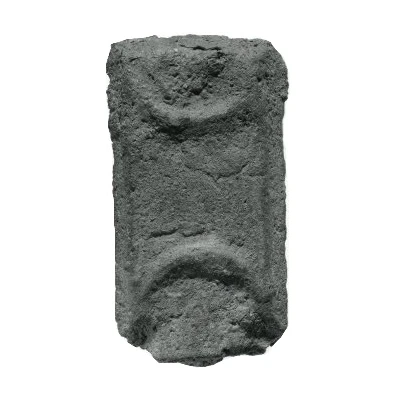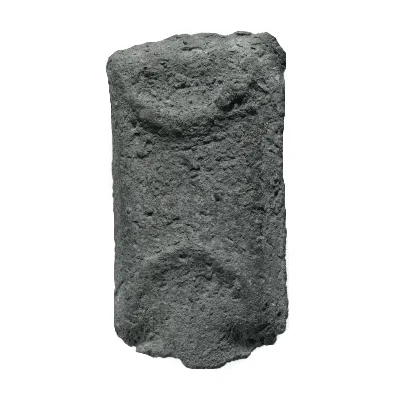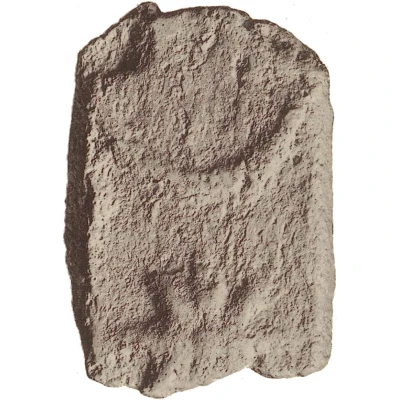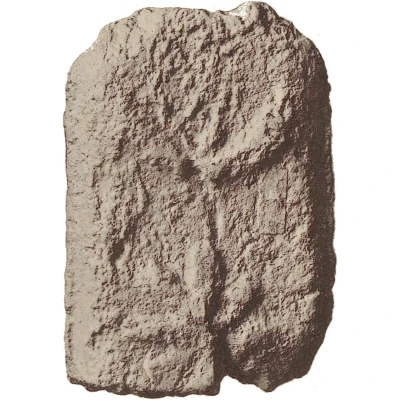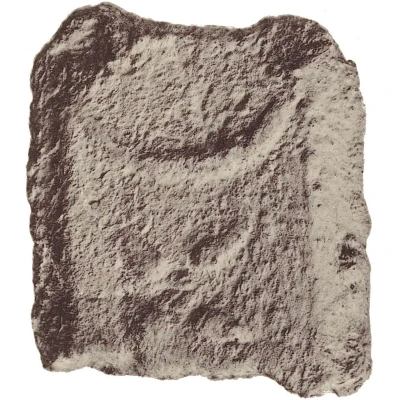
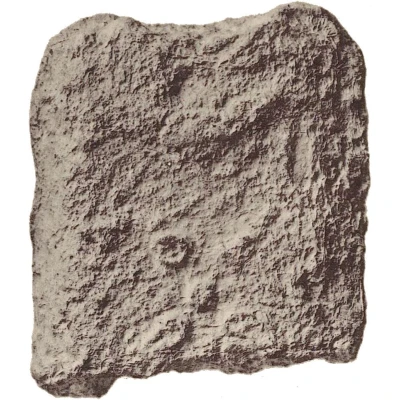

© Ernst Haeberlin; 1910. "Aes Grave". Joseph Baer, Frankfurt, Germany (CC0)
Currency bar Crescents with four-pointed star 280 BC - 260 BC
| Bronze | 503.75 g | - |
| Issuer | Tarquinii (Etruria) |
|---|---|
| Type | Standard circulation coin |
| Years | 280 BC - 260 BC |
| Currency | Currency bar (circa 280-260 BC) |
| Composition | Bronze |
| Weight | 503.75 g |
| Size | 66 mm |
| Thickness | 18 mm |
| Shape | Rectangular (irregular) |
| Technique | Cast |
| Demonetized | Yes |
| Updated | 2024-10-09 |
| Numista | N#179839 |
|---|---|
| Rarity index | 100% |
Reverse
Two crescents facing back-to-back with four-pointed star between.
Edge
Plain
Comment
Currency bars were used to weigh bronze transactions, rather than count them. As such, currency bars could be cut to the proper weight to pay for something. With that being said, the weight and length of these pieces will vary greatly. Only one example is seemingly known (in the British Museum), with a reported weight of 503.75 grams.The 66 millimetres is the reported width of the examle in the British Museum, museum number 1874,0714.107. Its length is 70 millimetres.
Interesting fact
One interesting fact about this coin is that it features a unique combination of symbols, including crescents and a four-pointed star, which may have been used to represent the Etruscan goddess of fertility, Minerva, and the four elements: earth, air, fire, and water.
